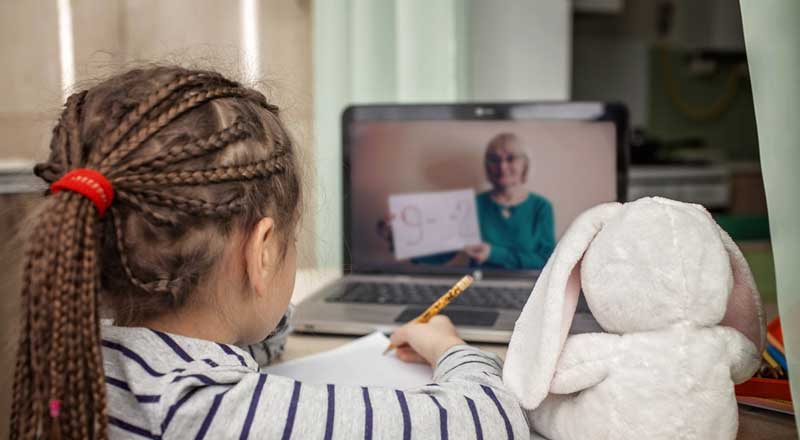How to a Potty Train a Toddler
Potty training a toddler requires patience and consistency. Factors that will influence potty training success should be considered before the process begins. The age of the toddler is one small part of the process. Toddlers reach potty training readiness at different ages, so other factors may be more important. Your toddler’s maturity level, interest in using the potty, physical development, ability to stay dry and ability to follow directions contribute to the success of toilet training. Follow your toddler’s lead, paying close attention to his reactions to your guidance.
Step 1
Watch for signs of potty training readiness as your toddler nears 18 to 24 months. Your toddler should be physically coordinated, have regular and predictable bowel movements and exhibit dry periods of three to four hours. Watch for behavioral signs such as the ability to sit still for two to three minutes, an interest in using the bathroom, a desire to be independent and the ability to follow simple directions. Attempting to potty train before your toddler is ready will result in frustration.
Step 2
Select a potty chair or toilet seat ring for your toddler. Allow your toddler to help select the potty chair if possible.
Step 3
Introduce the potty chair to your toddler by showing him the chair in the bathroom. Explain that the potty chair is his special place to go to the bathroom. Allow him to explore the potty chair without forcing him to use it. He may want to play with the potty chair or sit on it while fully clothed.
Step 4
Allow your child to potty train a doll or favorite stuffed animal. Have your toddler give the doll a pretend drink. Take the doll to the bathroom and put it on the potty chair so it can go potty. Celebrate the success of the doll when she uses the potty. Your toddler is exploring the process of potty training without the pressure.
Step 5
Sit your toddler on the potty chair before bath time after her clothes are off. Praise her if she goes potty, but don’t force her to go.
Step 6
Begin placing your toddler on the potty chair at regular intervals once he has explored the potty chair. Place him on the potty at the predetermined intervals regardless of whether he actually goes potty. Start by taking him to the potty every hour. Make adjustments to the time intervals as needed. If he has several accidents, take him to the potty every 30 minutes.
Step 7
Continue providing your toddler the opportunity to use the potty. Praise her for potty training successes to encourage her to continue the process. Implement a reward system for encouragement if needed, such as an incentive chart with stickers.
Step 8
Take a break from the potty training process if your toddler is stressed or has continual accidents. Resume the potty training process after a few weeks or when he shows renewed interest in the process.
Warnings
- Never punish your toddler for accidents, as this may be detrimental to the process and her self-esteem.




